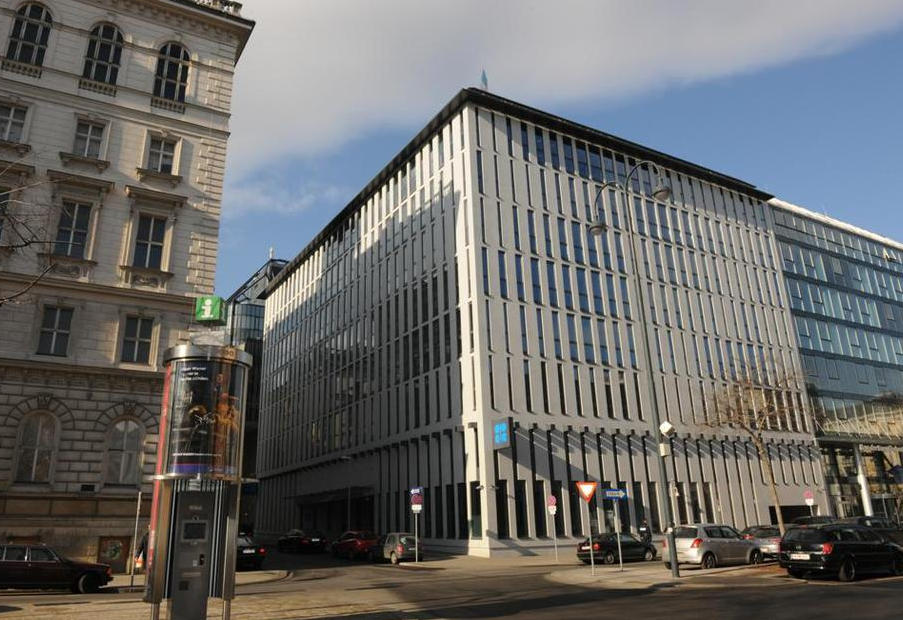
The average price of crude sold by OPEC fell below $40 a barrel for the first time 2009, underscoring the financial cost of the group’s strategy to defend its market share.
The daily OPEC Basket Price fell to $39.21 a barrel on Nov. 13, according to an e-mail on Monday from the organization’s secretariat in Vienna. The basket, an average of export grades from each of the group’s 12 members, typically trades below international oil futures as some OPEC nations pump denser or higher-sulfur crude that’s less profitable to refine.
Oil has slumped since the middle of last year as the Organization of Petroleum Countries keeps output elevated to pressure rivals it sees as responsible for creating a global surplus. A decline in production among its higher-cost competitors including U.S. shale drillers has now slowed, with output still above last year’s level. With OPEC members’ revenues diminished, the group may reconsider its approach if the price slump persists, according to the International Energy Agency.
Low oil prices aren’t just problematic for higher-cost producers, said Olivier Jakob, managing director at consultants Petromatrix GmbH in Zug, Switzerland. “It is also providing a challenging fiscal environment” for OPEC nations, he said.
OPEC’s annual revenues may be curbed to $550 billion at current prices from an average of more than $1 trillion in the last five years, Fatih Birol, executive director at the IEA, said in London on Nov. 10. Even Saudi Arabia, the group’s biggest member, faces a budget deficit this year that the International Monetary Fund predicts will exceed 20 percent of gross domestic product.
Still, IEA expects the price slump would need to persist for several years before the kingdom reconsiders its current strategy. OPEC Secretary-General Abdalla El-Badri, said this month that the global market is on track to rebalance next year.
OPEC ministers will meet to review their current policy on Dec. 4 in Vienna.
